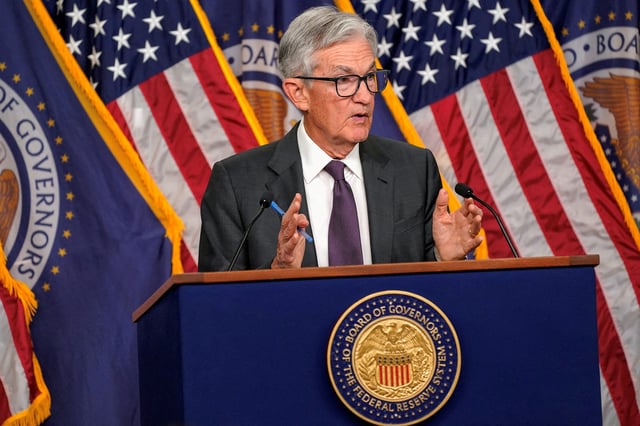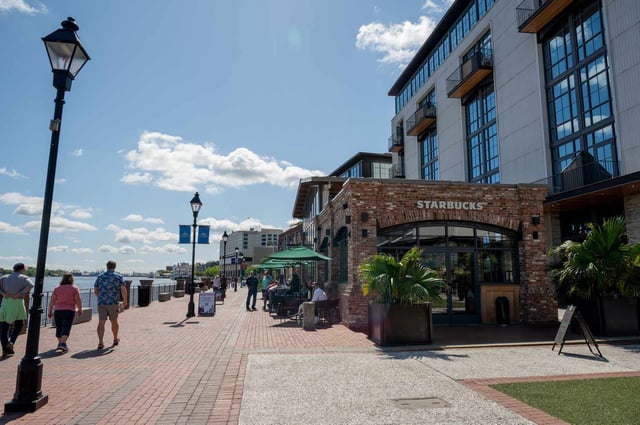Overview
- Federal Reserve Chair Jerome Powell has stated that tariffs are "highly likely" to increase inflation and slow economic growth, raising concerns about stagflation.
- Economists predict near-zero growth in the coming quarters, with rising unemployment and persistent price increases exacerbating economic pressures.
- Stagflation presents a policy dilemma for central banks, as raising interest rates to curb inflation could worsen unemployment, while lowering rates may fuel further price increases.
- Investors are shifting toward defensive assets like gold, which has seen increased demand due to economic uncertainty and stagflation fears.
- Australia is expected to face low risk of stagflation compared to the U.S., according to economists, despite global trade tensions and tariff impacts.



